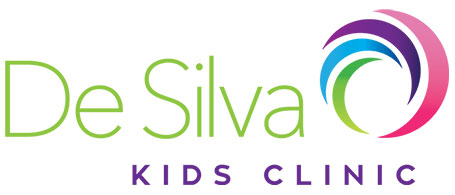For some parents, mornings with children can be extremely stressful as children often run on their own clock. Morning routines can include many tasks. When you ask your children to complete certain tasks, do they fully understand your expectations? It is important to explain to your child what your expectations are. For example, “John, get dressed”. Do you mean to put on a shirt, shorts, socks and shoes OR just a shirt and pants OR just pants? Explain exactly what you mean and show them how to do it. For example:






Parents, I encourage you to ‘set the stage’ for the morning routine. Help make mornings less stressful for not only your children BUT also yourself!
Other suggestions include:
- Checklist: Write down tasks as a checklist that your child can tick off once completed
- Reward System: Rewards are one of the most consistent ways to change behaviour and build desired responses. Children often need their rewards immediately after the desired behaviour is exhibited (i.e. completing routine). Examples of immediate rewards, in the car on the way to school, include
- Snack of choice (e.g. cookie, 3 lollies)
- Verbal praise (e.g. give me a hi-5)
- Sticker
- Small toy (e.g. dinosaur)
- Plan Night before: Encourage your child to complete as many tasks as possible the night before. For example, homework, signed papers, lunch money and pack school supplies. How about identifying a specified area near the door to place their bags ready to be picked up before leaving, or laying out the outfits on the couch to wear the next day!
- Limit electronics – A smooth morning routine means unnecessary distractions, including iPod, television, phone, iPad etc. Set your limits “John, 10 minutes on phone”
Remember … these simple ideas may help you get out the door quickly, but some mornings may run more smoothly than others. So, pick a few strategies on different days and it’s all a matter of trial and error.
Written by Didem Karademir, Speech Pathologist.





